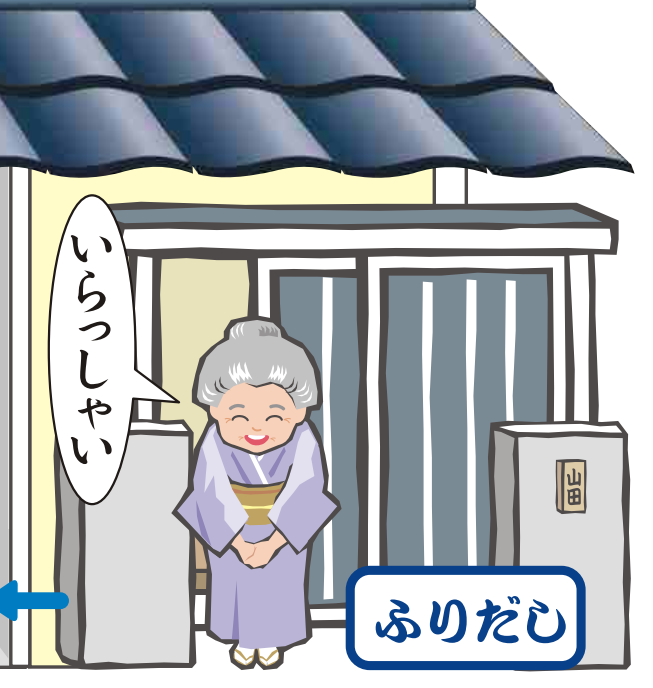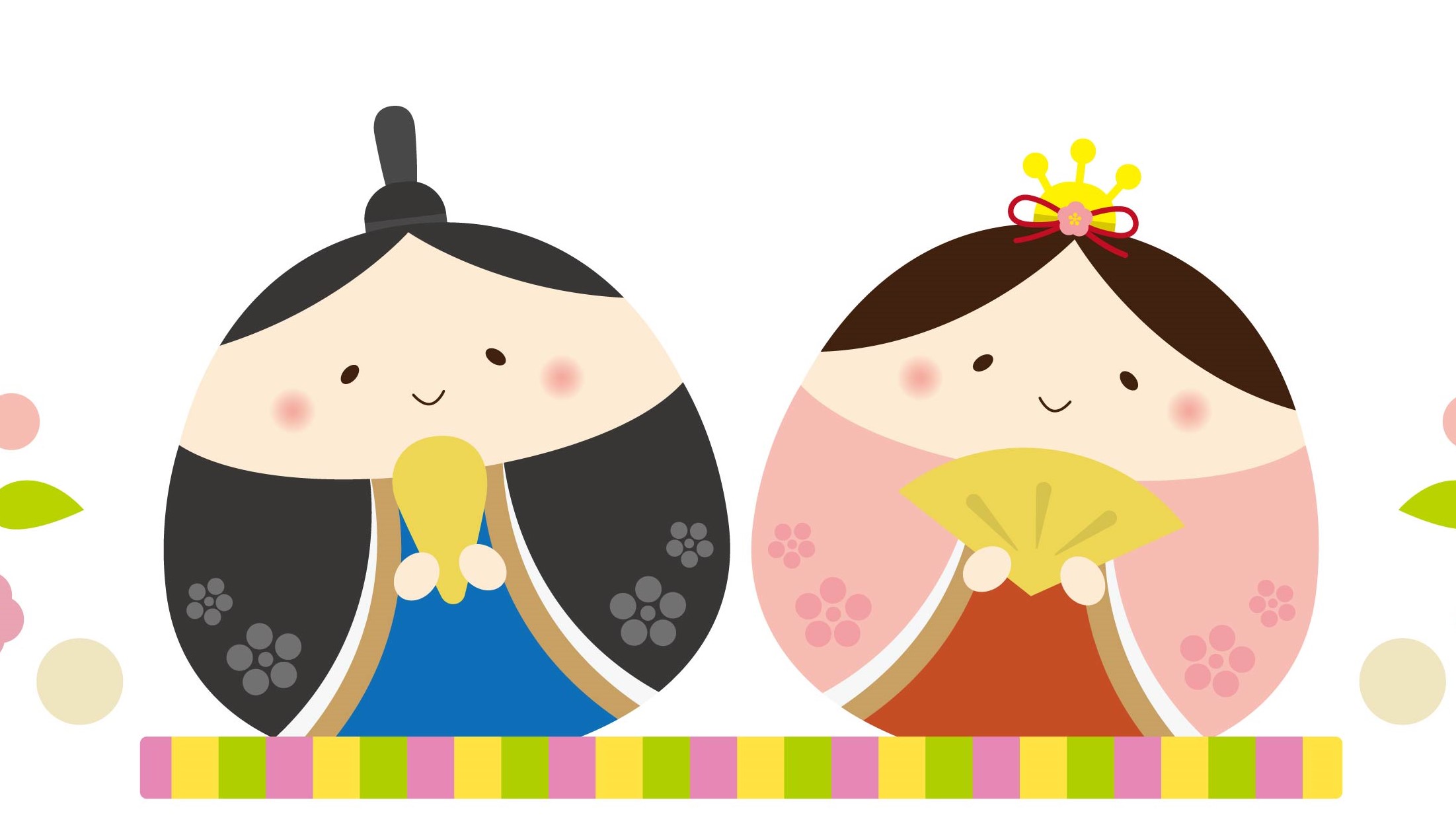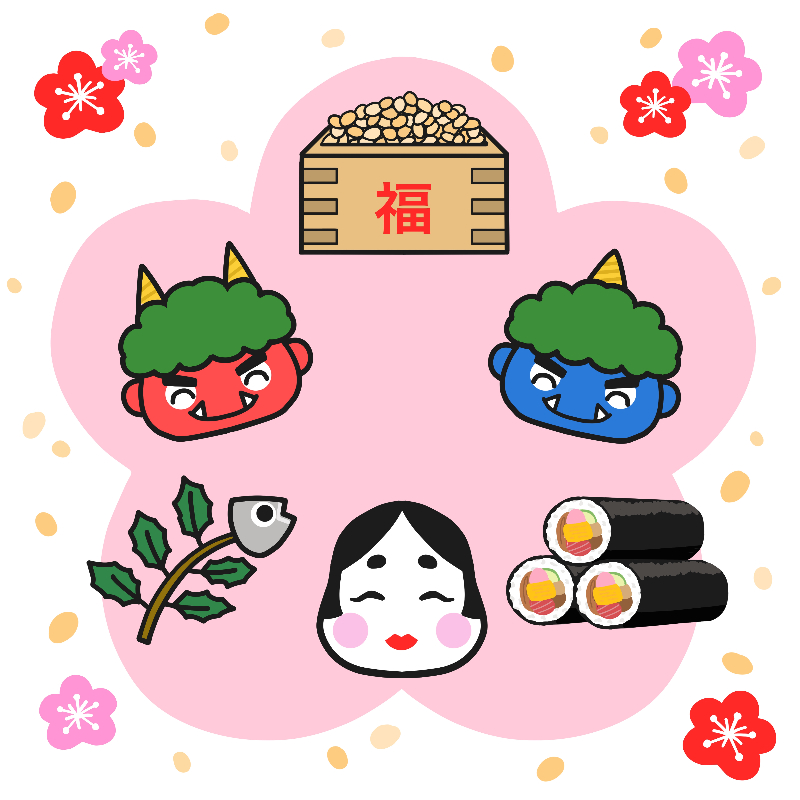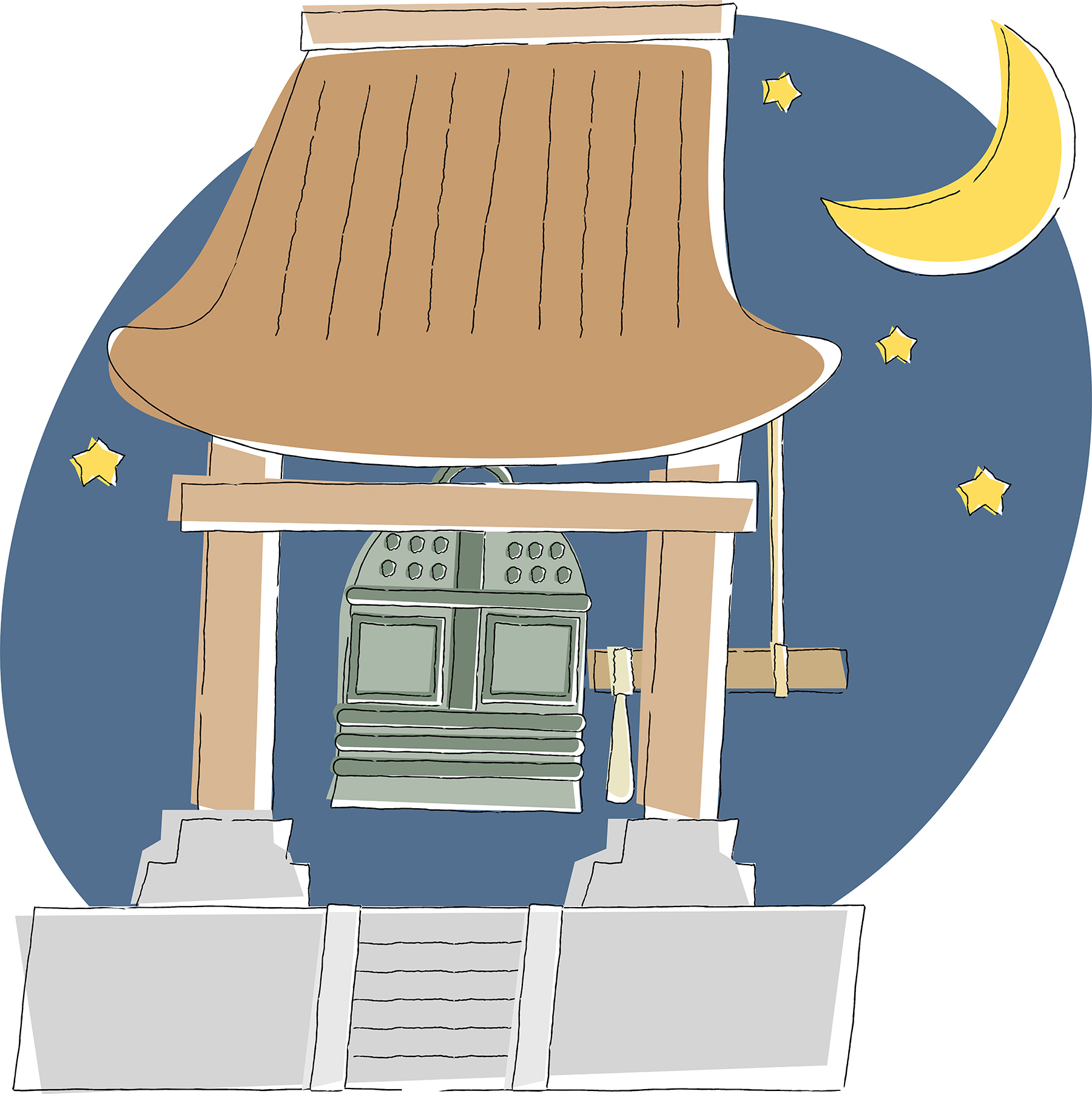
Rooms of a Japanese House: 3 Hint Game
 Students work in teams to be the first to determine the room of the house described by the teacher. The teacher reads clues from the list provided.
Students work in teams to be the first to determine the room of the house described by the teacher. The teacher reads clues from the list provided.
Preparation
Each group prepares some coloured paper cut into squares for use as markers of territory, and a pile of blank sheets of paper.
Procedure
Students are divided into teams of 6. The teacher gives 3 hints about a room/space in a house, and students in their teams guess which room it is. They write their guess on a sheet of paper and hold it up. (Students can check the writing cooperatively, or take turns to do the writing.) The teacher may put a time limit on this process. The team, or teams, who gave the correct answer, mark the room by sticking their coloured paper marker on the picture on the game sheet. The team that finishes with the most markers on the game sheet wins.
Teacher Talk
ヒントです。きいて(ください)-Here are the hints. Listen.
くつをぬぎます- You take off your shoes
スリッパをはきます-You put on slippers
ここに、げたばこがあります-There is a shoe cupboard
かみをみせて(ください)-Show your sheets of paper
Hints
Below are some suggestions for hints relating to the rooms and spaces of a Japanese house. The hints are in the following order so that students cannot easily guess what room it is from the first hint, but need to listen further. For beginner level students, teachers may simplify the hints, eg. by only using hints with the sentence pattern
………… があります。
The hints and room names can be made into cards which can be used to play Match Up or かるた (Grab).


Related Activities
Resource created by Cathy Jonak, Himiko Negishi-Wood and Chisato Nakayama (March 2004).




